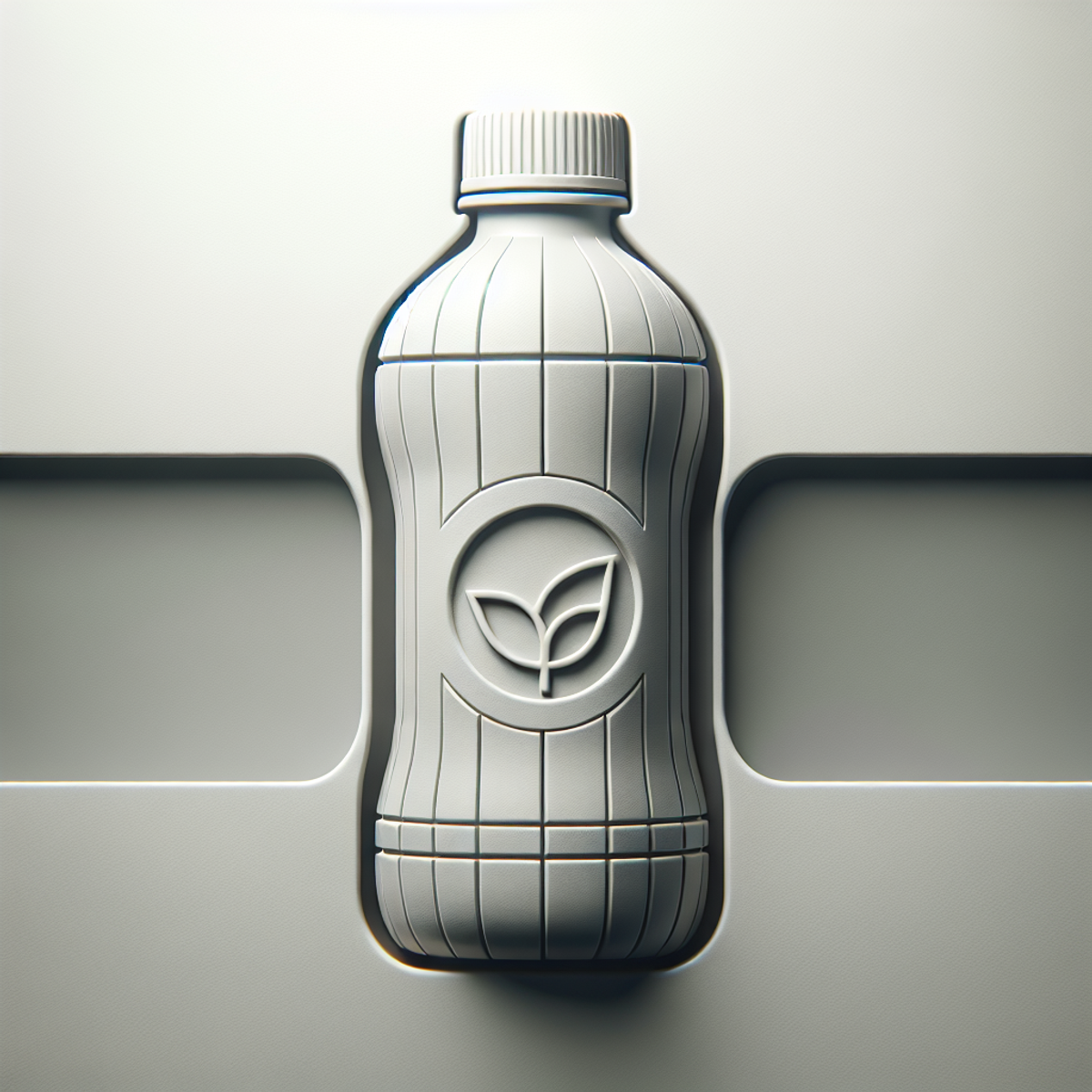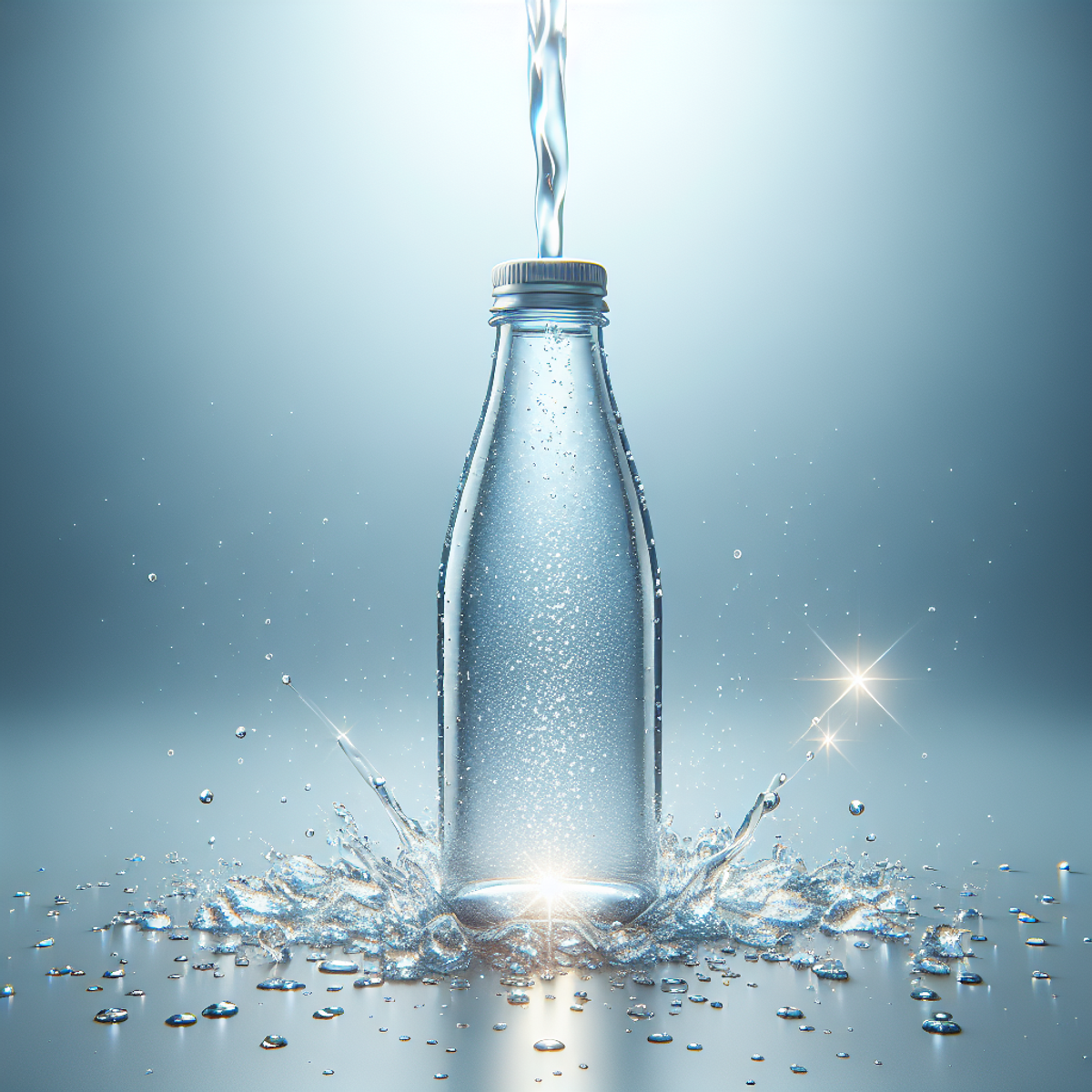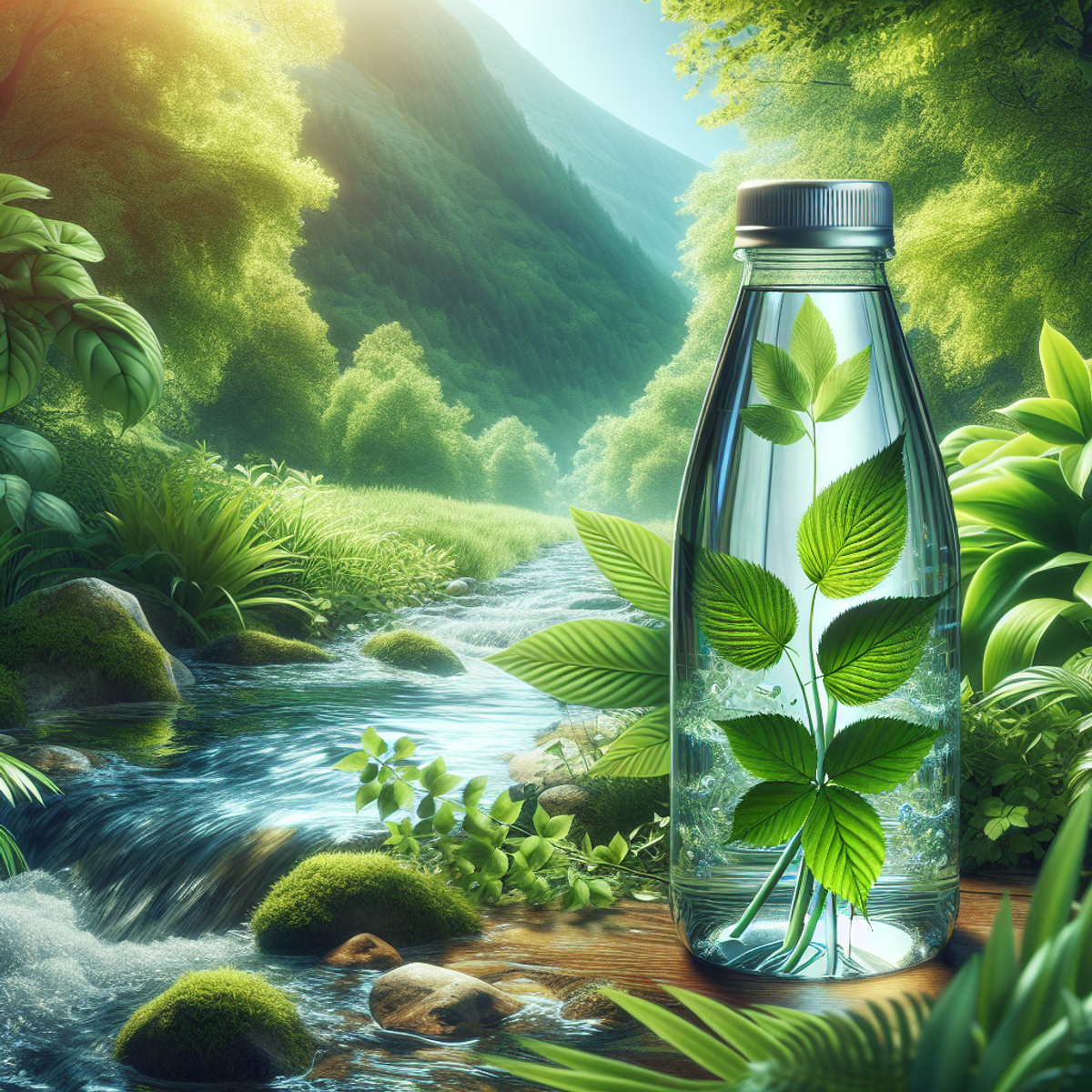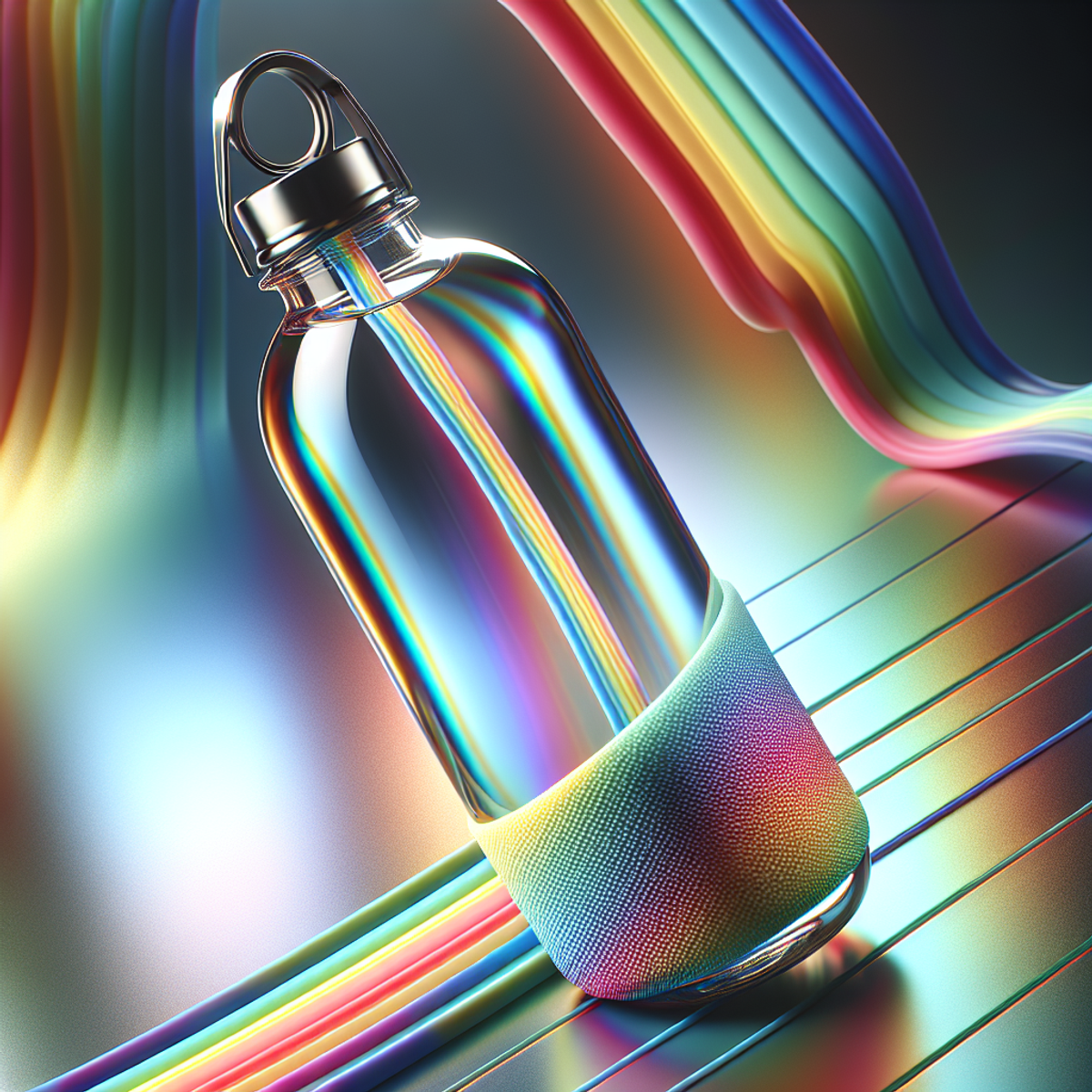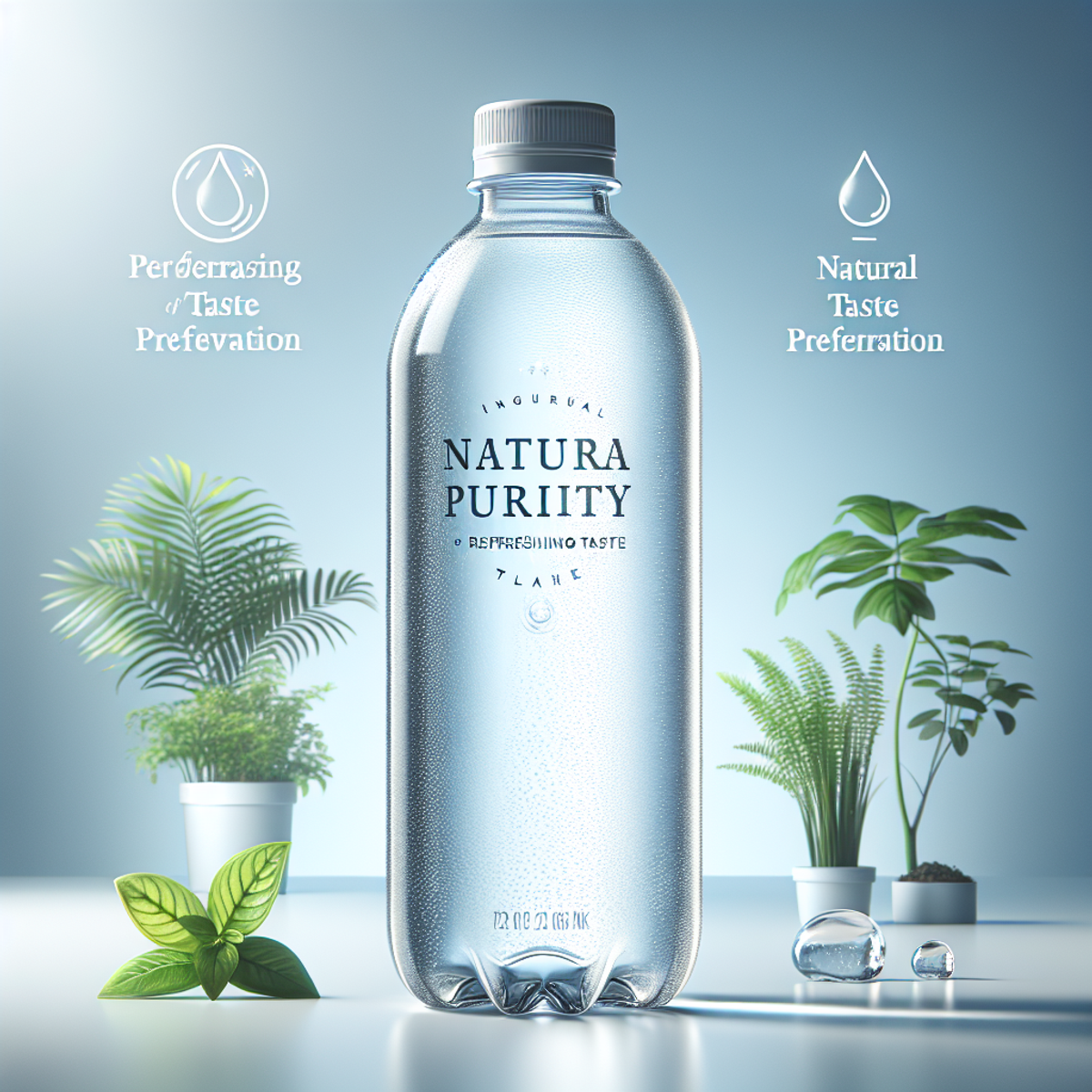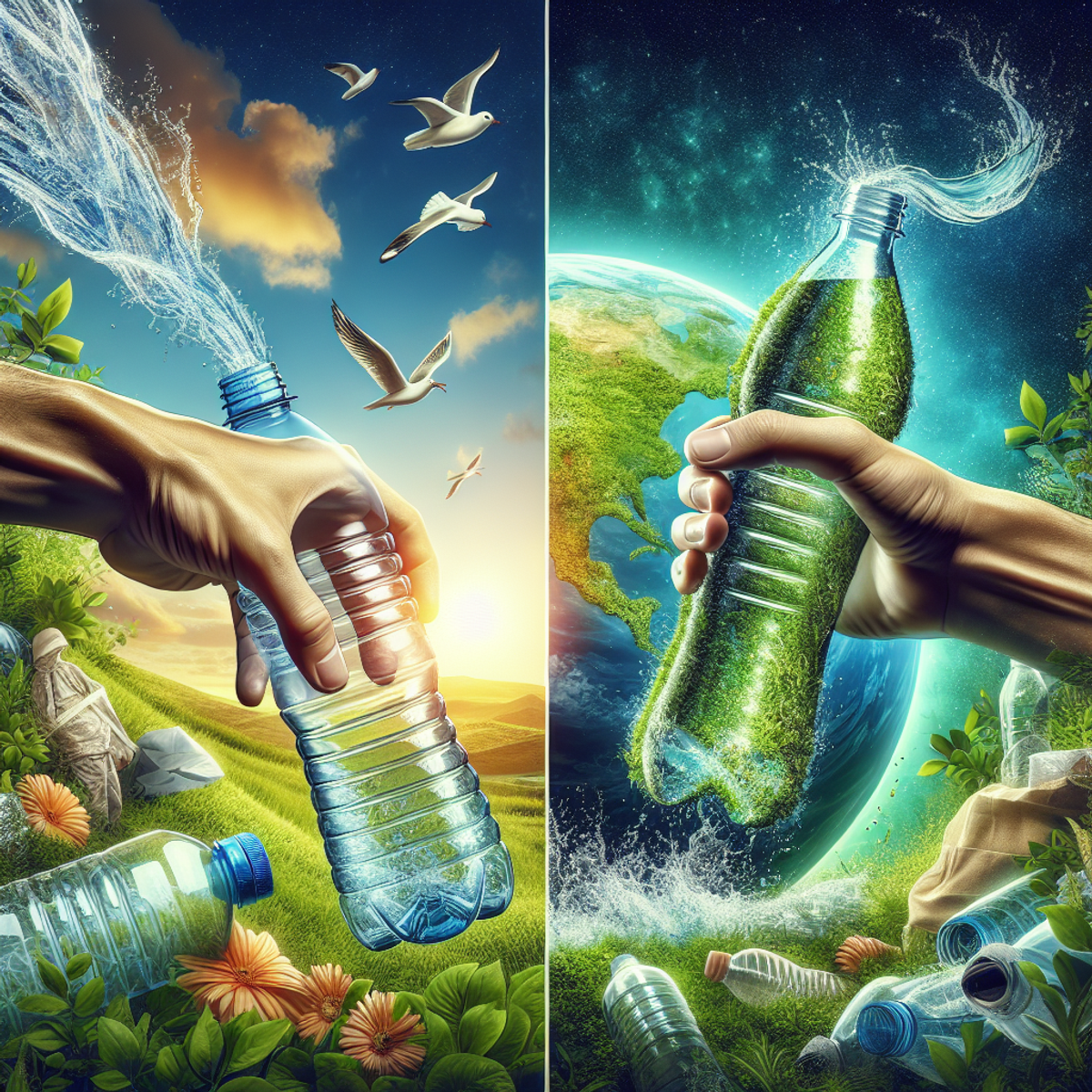Introduction
Hey there! Have you ever thought about how much that disposable water bottle you grab every morning really costs? It’s not just the price of water; it’s also the hidden costs of constantly buying and throwing away single-use items. This article is all about understanding the true value of investing in a long-lasting reusable water bottle. It’s not just about saving money but also about making a sustainable choice for both your health and the environment.
When it comes to choosing the right water bottle, there are two key factors to consider: durability and safety. Nobody wants a bottle that breaks easily or releases harmful chemicals into their drink, right? But here’s the thing: opting for a high-quality bottle upfront could actually save you a lot of money in the long run.
In this article, we’ll explore a wide range of water bottles to help you find the perfect one for your needs. From sturdy stainless steel options to stylish ceramic choices, we’ll discuss which materials are tough enough to withstand everyday use without any issues. If you’re looking for an alternative option that provides a healthy and chemical-free hydration experience, we highly recommend checking out some of the best glass water bottles available in the market. Plus, we’ll share some insider tips on how to properly care for your chosen bottle so that it lasts even longer.
So if you’re ready to learn more about why investing in a durable water bottle is worth it, let’s get started!
The Long-Term Cost Savings of Choosing a High-Quality Drinkware
Long-term cost savings—the phrase that should catch every savvy shopper’s eye, especially when it comes to high-quality drinkware. Let’s break down why this isn’t just jargon but a real financial strategy.
1. Ditch the Disposable
Think about the number of times you’ve replaced cheap drinkware. It adds up, right? Choosing a durable drinking vessel is like opting for a trusty backpack over a series of flimsy bags. You’re not just buying a product; you’re investing in peace of mind and fewer trips to the store.
2. Quality Equals Longevity
Ever notice how some glasses can survive a tumble, while others crack under pressure? That’s high-quality materials at work. Investing more upfront in these materials means your drinkware can take the heat—or a cold shock—and come out unscathed. And the less often you replace them, the more money stays in your pocket.
3. The Breakdown—Literally
Here’s how it goes. A glass breaks, you replace it. Another chip, another replacement. The cycle continues, and so does the spending. But with sturdy drinkware made from top-notch materials, this cycle slows down dramatically. You buy once, and you’re set for years.
Remember, every time you reach for that resilient glass or mug without second-guessing its ability to withstand daily use, you’re reaping the benefits of your initial investment. Plus, there’s something to be said about the sheer satisfaction of using a well-made item day in and day out.
Preservation Methods for Ensuring the Longevity of Your Drinking Vessel
When you’ve invested in high-quality drinkware, you want to ensure it stays in pristine condition for as long as possible. That’s where preservation methods come into play. These techniques are all about extending the life of your favorite cups and glasses, just like choosing durable materials helps dodge the need for frequent replacements.
Water Glassing: An Age-Old Technique
Water glassing isn’t just for eggs — this tried-and-true method can work wonders for keeping your glassware in tip-top shape. The process involves creating a protective layer to shield the glass from the elements that typically cause wear and tear. Here’s how you can water glass your own drinking glasses:
- Clean Thoroughly: Start with a spotless glass; any residue can affect the coating’s effectiveness.
- Prepare the Solution: Mix sodium silicate (also known as liquid glass) with warm water following product instructions.
- Dip or Brush On: Carefully dip your glass into the solution or brush it on, ensuring an even coat.
- Dry Completely: Allow the glass to air dry completely — this could take several hours.
- Cure It: Some solutions may require a period of curing, so check the instructions carefully.
This method creates a layer that’s resistant to moisture and bacteria, potentially extending your glassware’s lifespan significantly.
Other Preservation Methods
Beyond water glassing, other strategies can help safeguard your drinkware:
- Protective Coatings: Products like silicone sleeves or dip coatings add a protective layer that guards against chips and cracks.
- Proper Storage: Storing glasses upside-down protects rims from dust and damage, while using stemware racks for wine glasses prevents accidental knocks.
- Regular Maintenance: Simple practices like hand washing instead of using a dishwasher can prevent premature wear on delicate designs or hand-painted finishes.
Let’s weigh the pros and cons:
Pros:
- Protective coatings can minimize breakage from accidental drops.
- Proper storage prevents scratching and keeps glasses clean.
- Regular maintenance ensures drinkware remains free from damaging elements like harsh detergents.
Cons:
- Some coatings may alter the feel or appearance of the drinkware.
- Not all glasses are suitable for certain preservation methods (e.g., antique crystal might be too delicate).
- Applying some techniques incorrectly could damage the vessel instead of preserving it.
Preservation doesn’t have to be complex — often, it’s about combining good old common sense with a touch of extra care to keep that sparkle in your drinking vessels going strong year after year. With these methods up your sleeve, you’re well on your way to enjoying long-lasting drinkware that looks as good as new every time you raise a toast.
Choosing the Right Material for Durability and Safety
When looking for the perfect drinking cup, two things are most important: durability and safety. In this section, we’ll explore why these factors are crucial for ensuring your drinkware can withstand daily use without compromising your health.
Common Materials Used in Drinkware
There are several materials commonly used in drinkware, each with its own advantages depending on your lifestyle and preferences:
Glass
- Pros: A timeless choice that offers a pure taste experience and doesn’t retain odors or stains.
- Cons: Traditional glass can be fragile and may break easily if not handled carefully.
Stainless Steel
- Pros: Known for its strength, stainless steel is resistant to rust, corrosion, and impact, making it a popular choice for durable drinkware.
- Cons: It can dent upon impact and isn’t transparent, so you can’t see what’s inside as easily.
Ceramic
- Pros: Ceramic cups have a handmade look with a solid feel, and they retain temperature well.
- Cons: Like glass, they can crack or chip if dropped or knocked against a hard surface.
Each option has its own trade-offs between surviving everyday accidents and ensuring the safety of what you’re drinking.
The Importance of Food-Grade Certification
Knowing about food-grade certification is like understanding your best friend’s dietary restrictions; it’s essential for maintaining a healthy relationship.
What is Food-Grade Certification?
It’s a mark that shows the material used in your drinkware won’t release harmful substances into your drinks. Think of it as a guarantee for your well-being.
Why Should You Care About Chemicals?
Materials without proper certification may contain lead, BPA, or other dangerous chemicals. Always look out for this certification to ensure you’re not exposing yourself to harmful substances while enjoying your beverages.
Impact Resistance
Imagine accidentally dropping your favorite mug. Will it break into countless pieces, or will it survive the fall?
The Importance of Impact Resistance
Impact resistance is all about durability; it’s what separates a cup that can handle accidents from one that easily gets damaged.
Tempered Glass – A Prime Example
Among materials known for their strength, tempered glass stands out. It’s specially treated to be tougher than regular glass, making it more resistant to breakage. Here’s what happens when it faces an accidental drop or sudden temperature change:
- It’s more likely to stay intact.
- If it does break, it shatters into small granular pieces instead of sharp shards — similar to how car windows break for safety reasons.
By choosing materials designed with impact resistance in mind, you’re not just purchasing a drinking cup; you’re investing in peace of mind.
Selecting the right material for durable drinkware isn’t just about finding something that lasts; it’s about ensuring every sip taken is from something safe and sound. Whether you prefer the sleekness of stainless steel, the clarity of glass, or the natural touch of ceramic, remember that durability and safety should always come first. Food-grade certification is essential, and considering impact resistance can be beneficial depending on your surroundings. With these factors in mind, you’re well-equipped to choose drinkware that suits both your style and practical needs.
Conclusion
Prioritizing durability and safety in drinkware is more than just a choice; it’s an investment. While the allure of inexpensive options may seem tempting, the true cost lies in their short lifespan and potential safety risks.
A durable drinking vessel isn’t just about withstanding the knocks and drops of daily life; it’s about crafting moments and memories without the worry of frequent replacements. The right choice will accompany you through countless hydrating journeys, from morning coffee rituals to evening wind-downs.
Reflect on the cost analysis presented. It’s clear that a long-lasting, safe option stands to offer significant savings over time, not only in dollars but also in peace of mind. A high-quality drinkware selection enriches your user experience, ensuring each sip is savored from a vessel that’s both trustworthy and enduring.
Let this article serve as your guide in choosing the best drinkware for your needs. With knowledge on materials, safety certifications, and tips for longevity, you can now make informed decisions when buying drinking vessels – decisions that reflect your values and fit your lifestyle.
Choose wisely, choose safety, choose durability. Your future self will thank you for investing in a drinking vessel that truly stands the test of time.

